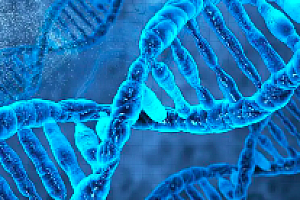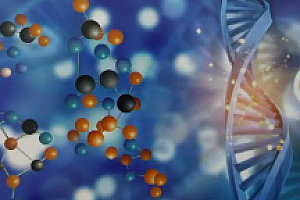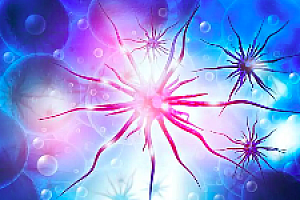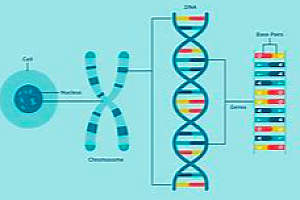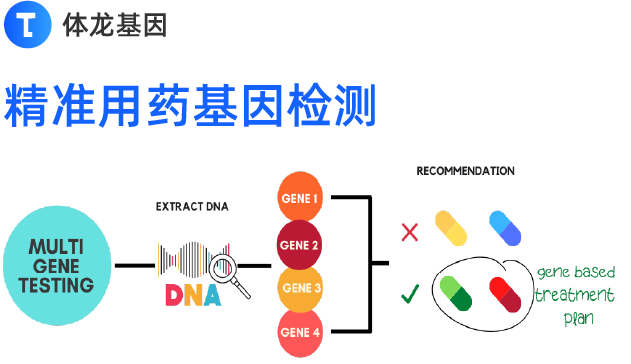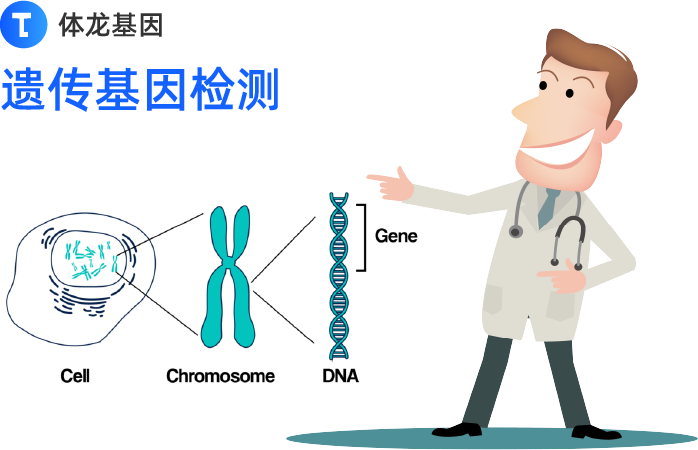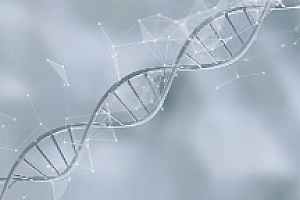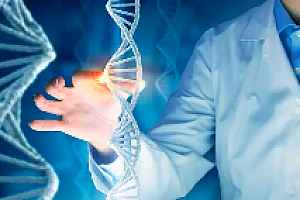图片来自:www.kidneydiseasetreatment.space
在新生儿中,肾脏和泌尿道的结构性缺陷的比例在0.5%。该缺陷被认为是晚期肾脏衰竭的首要原因,但该缺陷的遗传病因还不是很清楚。美国马塞诸塞大学医学院的研究人员通过对小鼠模型的研究发现,引起先天性心脏病的遗传突变也会造成肾脏的结构性缺陷。他们还发现了,先天性心脏病和肾脏结构缺陷在同一个体身上出现的概率较高。相关研究发表在《Nature Communications》上。
在出现先天性结构性缺陷的新生儿中,有20-30%比例的患儿是带有肾脏或者泌尿道的结构性发育缺陷。在哺乳动物中或人类中,肾脏的发育开始于中肾管形成的输尿管芽。从输尿管芽开始逐渐发育为不同的结构,如输尿管、肾盂、肾小球等等。在肾脏发育过程中的各种异常可能导致一系列的结构性缺陷,被总称为肾脏和泌尿道结构性缺陷。这些缺陷可能包括尿路畸形,肾缺如(无肾),发育不良(小肾)或发育不良(不成熟或畸形的结构),囊性发育不良肾(畸形肾脏,有肿瘤),马蹄肾(两个肾脏融合在一起),肾积水(肾盂扩张)和输尿管积水等。有时候肾功能缺损导致的综合征,可能印象眼睛或者生殖系统的发育。
在该研究中,研究人员从大规模的小鼠突变库中筛选肾脏功能缺陷的个体。这些突变体中,很多突变体被确定患有先天性心脏疾病(CHD)。这些突变体中,很多小鼠被检测出带有CHD的回复性突变,如果没有这些回复性突变,这些小鼠可能已经腹死胎中了。有趣的是,许多CHD突变体的回复突变个体中,也会出肾功能异常。先天性心脏病和肾脏结构性缺陷共同出现的概率大约在30%。
这是首次揭示了心脏疾病和肾脏疾病可能有着遗传学上的关联。研究还发现了心脏病小鼠的回复性突变多与细胞纤毛相关。这可能表明,细胞纤毛的功能性障碍与肾功能缺陷也可能存在关联。该研究为以后的心脏病和肾脏缺陷研究打下了基础。(生物谷Bioon.com)
doi:10.1038/ncomms11103
PMC:
PMID:
Genetic link between renal birth defects and congenital heart disease
Structural birth defects in the kidney and urinary tract are observed in 0.5% of live births and are a major cause of end-stage renal disease, but their genetic aetiology is not well understood. Here we analyse 135 lines of mice identified in large-scale mouse mutagenesis screen and show that 29% of mutations causing congenital heart disease (CHD) also cause renal anomalies. The renal anomalies included duplex and multiplex kidneys, renal agenesis, hydronephrosis and cystic kidney disease. To assess the clinical relevance of these findings, we examined patients with CHD and observed a 30% co-occurrence of renal anomalies of a similar spectrum. Together, these findings demonstrate a common shared genetic aetiology for CHD and renal anomalies, indicating that CHD patients are at increased risk for complications from renal anomalies. This collection of mutant mouse models provides a resource for further studies to elucidate the developmental link between renal anomalies and CHD.
(责任编辑:fangqi)



